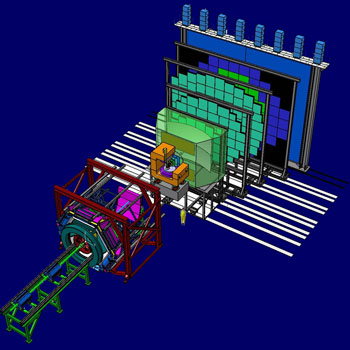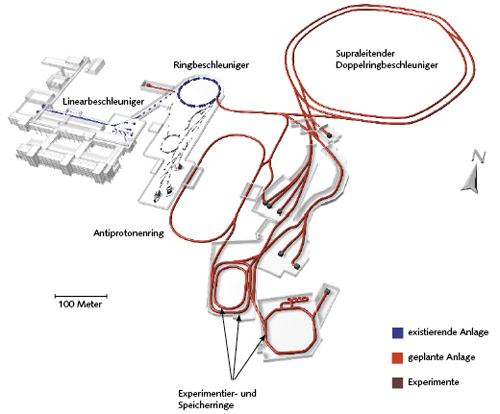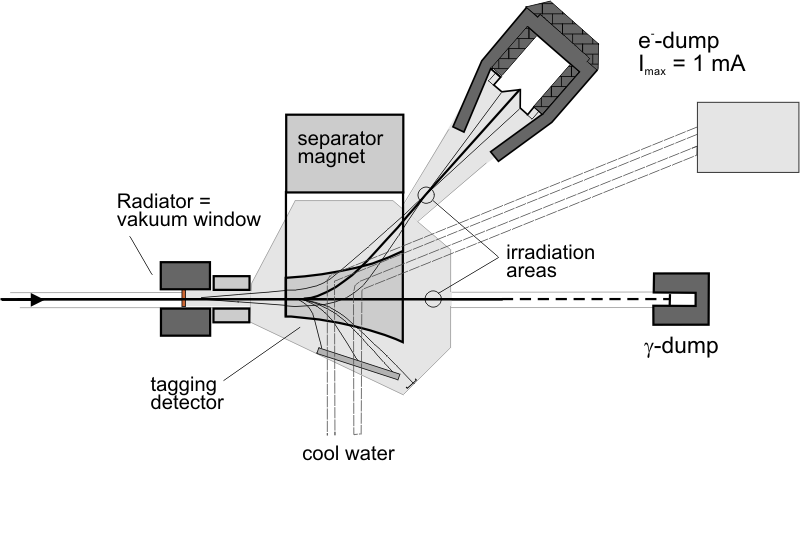Rare Hadronic ProcessesThe experiments, dealing with the emission of virtual photons (di-electrons) from compressed nuclear matter, carried out with the HADES detector at GSI aim at the explanation of the origin of mass of strongly interacting sub-nuclear particles. In this context the nucleus is used as a sort of “micro” laboratory to investigate processes of the strong interaction. In line with the experiments, accompanying theoretical calculations are carried out. The experiments of the international collaboration HADES, including groups from Germany, at the SIS18 / GSI include heavy - ion reactions as well as reactions of protons and pions with nuclei of various atomic mass numbers. Important technical contributions where done by the FZD (building six large scale drift chambers of plane 3 and a complete rebuild of plane 1), which are possible due to the well equipped detector laboratory and numerous experiences in building detectors. Besides planing of experiments, the FZD group is also actively contributing to the realization of experiments and their analysis. Besides that, the readiness for operation of the drift chambers of plane 3 is assured. The theoretical activities includes hadronic transport models and different QCD–based methods with which questions beyond the scope of HADES can be addressed, for instance such ones have direct relation to astrophysical problems (e.g. equation of state of strongly interacting matter and its role in explosive star phenomenas and neutron stars). Based on the experiences gained with HADES, the compressed baryonic matter (CBM) experiment at FAIR is prepared. For this R&D work on detectors (improved radiation hardness and time resolution of resistive plate chambers) at the radiation source ELBE is carried out. Therefore a dedicated experimental facility at ELBE has been set up. It uses the excellent time structure of the ELBE electron beam as well as its intensity. The electron beam therefore is widened in a goniometer chamber, operated by the radiation physics group. The data acquisition uses partially a system of the nuclear physics group. Important results: Experimental results showed hints for a change of the spectral distribution of K± - mesons (W. Scheinast et al., Phys. Rev. Lett. 96(2006) 072301) and the omega – meson in nuclear matter which have been interpreted theoretically (R, Thomas et al, Phys. Rev. Lett. 95 (2005) 23301). Especially with HADES a series of reactions, including C+C (1 and 2 AGeV), Ar+CaCl (1.8 AGeV) and p+p(1.25, 2.2 and 3.5 GeV) has been investigated. Based on this a first di-electron spectrum has been published (G. Agakichiev et al., Phys. Rev. Lett. 98 (2007) 052302) that also shows changes in the spectral distribution of rho – mesons and as such solves the so called “DLS – puzzle”, attracting much attention in the community. These experiments test predictions of fundamental theories of strong interaction in the hadronic range correlated with the underlying QCD vacuum structure. Recently finished PhD theses have been using data from the commissioning phase of HADES. Because of the good track resolution the phase space distribution of K+ mesons and the production cross section of lambda hyperons could be extracted. This enables an analysis of the strangeness balance in the reaction C+C at 2 AGeV. Additionally, the simulations showed that HADES in the present configuration can be used at SIS100 at FAIR as the backward hemisphere in phasespace is covered. This requires the successful completion of the recently started upgrade of the time of flight measurement. To interpret the HADES data, the models for elementary hadronic interactions are improved permanently, which are used as input for transport calculations or are implemented in event generators. |
|





